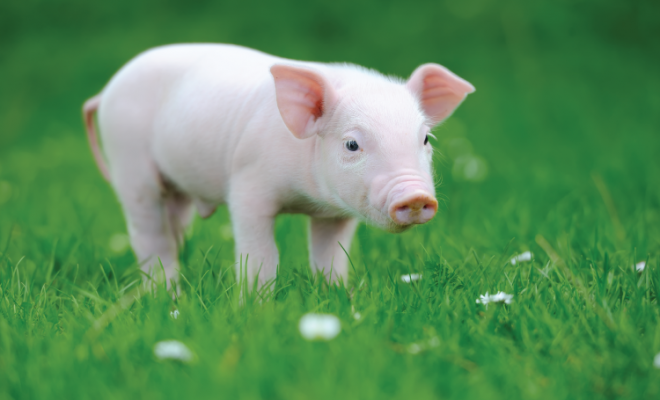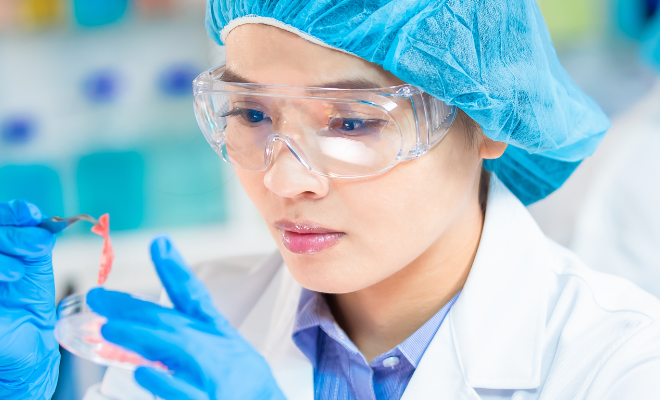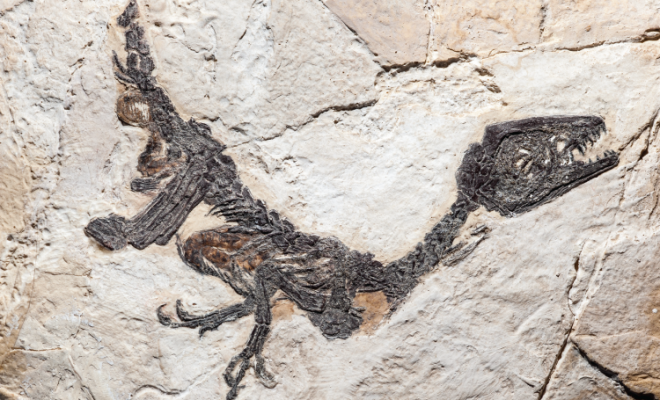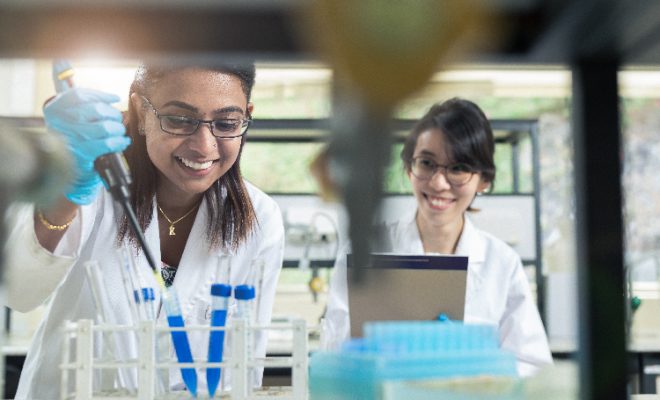Introducing Actinomycetes: The Producers of Valuable Metabolites
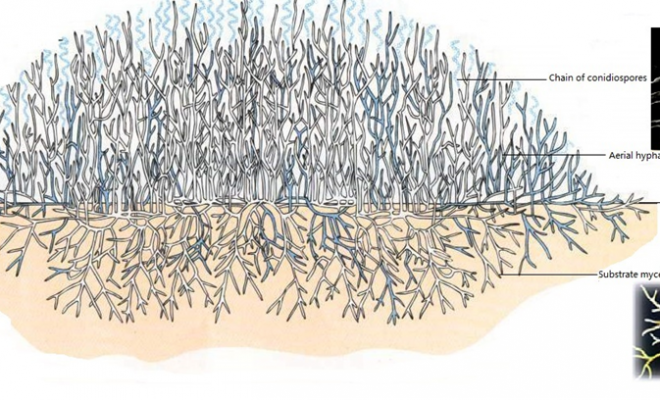
Actinomycetes are a gram positive, unicellular bacterium that have similar traits to fungi in that they are filamentous, forming branching networks of hyphae and mycelium, as well as having the ability of spore production8.
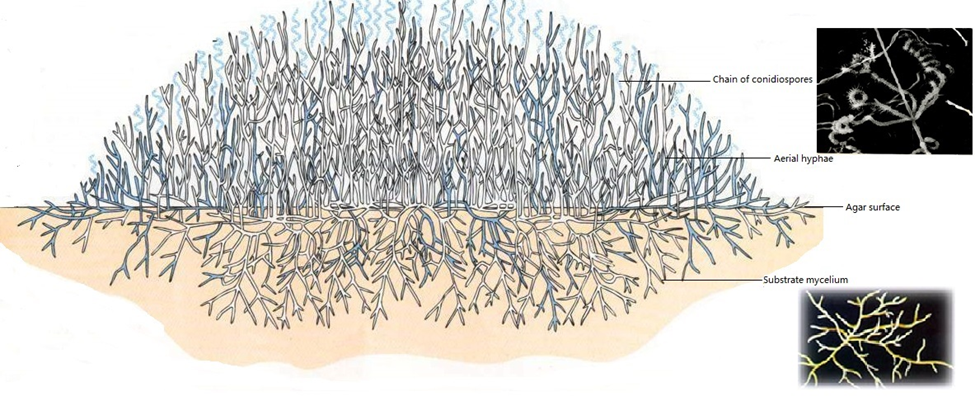
Fig 1. Diagram of actinomycetes morphology showing the filamentous nature of the bacteria. Adapted from (Li, Chen, Jiang and Jiang, 2016).
Although some species of this bacteria can be harmful, such as Mycobacterium tuberculosis, they have proven to be serve more as an ally. From medicine to fungicides, actinomycetes have found their way into many industries, thanks to their ability to produce a massive range of chemical substances4. Actinomycetes are categorized in a phylum belonging to the order Actinobacteria. Among these include the genus of Micromonospora and Streptomyces.
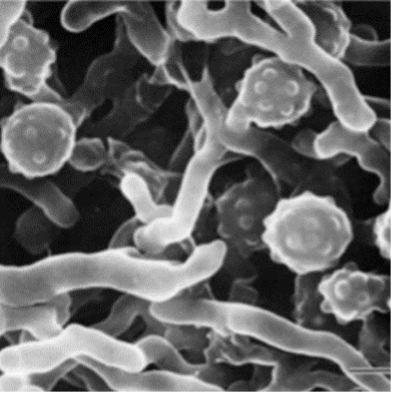
Fig 2. Scanning electron micrograph of Micromonospora echinospora. Adapted from (Li, Chen, Jiang and Jiang, 2016).
Streptomyces are key players in medicine production, making up to 55% of antibiotics and 51% of non-antibiotics. Streptomyces credit their role in medicine to the production of primary and secondary metabolites that act as an antimicrobial substance that have different modes of action towards different targets2.
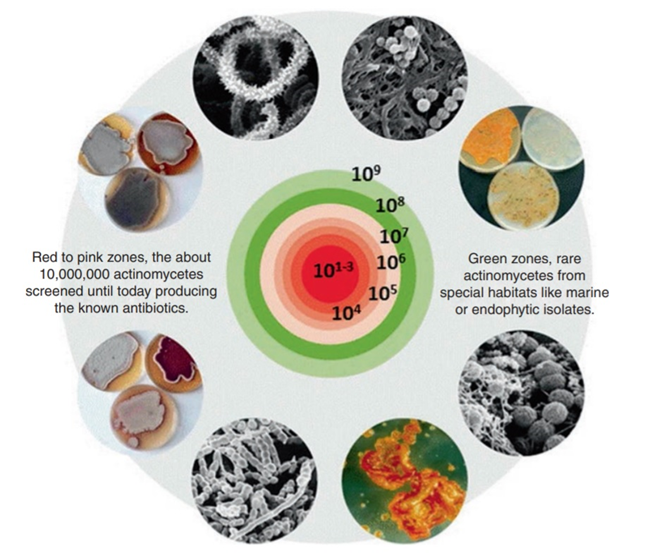
Fig 3. Amount of actinomycetes screened from different habitats. Adapted from (Hamedi, Poorinmohammad and Wink, 2017).
In the metabolites of Streptomyces lunalinharesii (S. lunalinharesii), it has chitinase properties that make them effective as a fungicide against phytopathogenic fungi8. Furthermore, they have low toxicity and are environmentally friendly1. In peptidic antibiotics, its mechanism was observed to alter the cell membranes of pathogens, resulting in the loss of the peptidoglycan cell walls9. Streptomyces are so effective against bacteria that they are even used in the oil industry. Sulfate-reducing bacteria are a major problem in the petroleum industry as they form biofilms and cause corrosion in pipes and containment units. S. lunalinharesii metabolites are optimal for the job as they can resist both the high temperature and the harsh chemicals present in oil storage7.
Another Streptomyces-based product is rapamycin, derived from Streptomyces rapamycinicus. It is an immunosuppressant that works by blocking cytokine-induced signalling pathways. This results in the inactivation of a p34cde2 kinase, which in turn prevents the activation of T-cells. Rapamycin, with the help of corticosteroids, can therefor suppress the rejection of organs from transplantations4.
Other than working well against bacteria and fungi, the use of actinomycetes even extents into chemotherapeutics. Calicheamicin is an anti-cancer agent that comes from Micromonospora echinospora ssp. calichensisa. The compound is obtained through the fermentation broth of the bacterium. Calicheamicin controls cancer cells through controlled apoptosis by DNA damage. It causes double strand cleavage by removing hydrogen atoms from the DNA. Calicheamicin is conjugated to antibodies for the administration to the tumour cells5.
Actinomycetes have a part to play in many more sectors of biotechnology, and many more species are discovered even today. Unique habitats such as marine environments are being searched for different Actinomycetes species to be screened for metabolites beneficial to the advancement of biotechnology.
References
- Flores-Gallegos, A. and Nava-Reyna, E., 2019. Plant Growth-Promoting Microbial Enzymes. Enzymes in Food Biotechnology, pp.521-534.
- Augustine S. K., Kapadnis B.P. A non-polyene antifungal antibiotic from Streptomyces albidoflavus PU 23. J Biosci. 2005 Mar; 30(2):201-11. doi: 10.1007/BF02703700. PMID: 15886456.
- Hamedi, J., Poorinmohammad, N. and Wink, J., 2017. The Role of Actinobacteria in Biotechnology. Biology and Biotechnology of Actinobacteria, pp.269-328.
- Huryn, D. and Wipf, P., 2008. Natural product chemistry and anticancer drug discovery. Cancer Drug Design and Discovery, pp.107-130.
- Kämpfer, P., Glaeser, S., Parkes, L., van Keulen, G. and Dyson, P., 2014. The Family Streptomycetaceae. The Prokaryotes, pp.889-1010.
- Li, Q., Chen, X., Jiang, Y. and Jiang, C., 2016. Morphological Identification of Actinobacteria. Actinobacteria – Basics and Biotechnological Applications.
- Nawani, N., Aigle, B., Mandal, A., Bodas, M., Ghorbel, S. and Prakash, D., 2013. Actinomycetes: Role in Biotechnology and Medicine. BioMed Research International, 2013, pp.1-1.
- Ortenberg, E. and Telsch, B., 2003. Taste and odour problems in potable water. Handbook of Water and Wastewater Microbiology, pp.777-793.
- Pacheco da Rosa, J., Korenblum, E., Franco-Cirigliano, M., Abreu, F., Lins, U., Soares, R., Macrae, A., Seldin, L. and Coelho, R., 2013. Streptomyces lunalinharesiiStrain 235 Shows the Potential to Inhibit Bacteria Involved in Biocorrosion Processes. BioMed Research International, 2013, pp.1-10.


